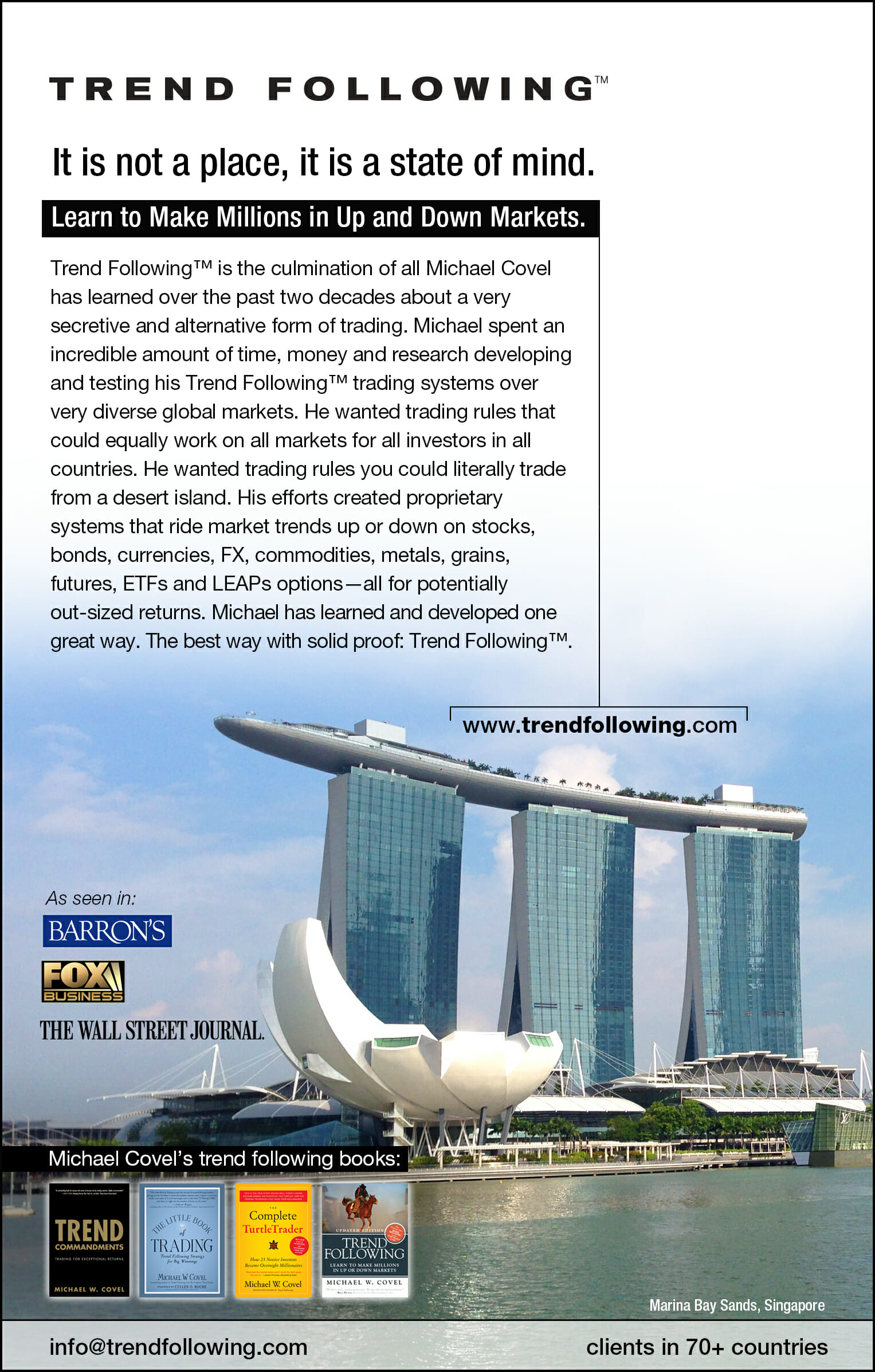One of the common struggles in new and experienced traders is outlined in this excerpt from James O’Shaughnessy:
We also prefer the complex and artificial to the simple and unadorned. We are certain that investment success requires an incredibly complex ability to judge a host of variables correctly and then act upon that knowledge. Professor Alex Bavelas designed a fascinating experiment in which two subjects, Smith and Jones, face individual projection screens. They cannot see or communicate with each other. They’re told that the purpose of the experiment is to learn to recognize the difference between healthy and sick cells.
They must learn to distinguish between the two using trial and error. In front of each are two buttons marked Healthy and Sick, along with two signal lights marked Right and Wrong. Every time a slide is projected they guess if it’s healthy or sick by pressing the button so marked. After they guess, their signal light will flash Right or Wrong, informing them if they have guessed correctly. Here’s the hitch. Smith gets true feedback. If he’s correct, his light flashes Right; if he’s wrong, it flashes Wrong. Since he’s getting true feedback, Smith soon gets around 80 percent correct, since it’s a matter of simple discrimination. Jones’s situation is entirely different. He doesn’t get true feedback on his guesses. Rather, the feedback he gets is based on Smith’s guesses!
It doesn’t matter if he’s right or wrong about a particular slide, he’s told he’s right if Smith guessed right and wrong if Smith guessed wrong. Of course, Jones doesn’t know this. He’s been told there is a true order that he can discover from the feedback. He ends up searching for order when there is no way to find it. The moderator then asks Smith and Jones to discuss the rules they use for judging healthy and sick cells. Smith, who got true feedback, offers rules that are simple, concrete, and to the point. Jones, on the other hand, uses rules that are, out of necessity, subtle, complex, and highly adorned. After all, he had to base his opinions on contradictory guesses and hunches.
The amazing thing is that Smith doesn’t think Jones’s explanations are absurd, crazy, or unnecessarily complicated. He’s impressed by the brilliance of Jones?s method and feels inferior and vulnerable because of the pedestrian simplicity of his own rules. The more complicated and ornate Jones’s explanations, the more likely they are to convince Smith. Before the next test with new slides, the two are asked to guess who will do better than the first time around. All Joneses and most Smiths say that Jones will. In fact, Jones shows no improvement at all. Smith, on the other hand, does significantly worse than he did the first time around, since he’s now making guesses on the basis of the complicated rules he learned from Jones.
Process is Key
A young boy traveled across Japan to the school of a famous martial artist. When he arrived at the dojo he was given an audience by the sensei:
What do you want form me?, the master asked.
I wish to be your student and become the finest karateka in the land, the boy replied. How long must I study?
Ten years at least, the master answered.
What if I studied twice as hard as all your other students?
Twenty years, replied the master.
Twenty years! What if I practice day and night with all my effort?
Thirty years, was the master’s reply.
How is it that each time I say I will work harder, you tell me that it will take longer?, the boy asked.
The answer is clear. When one eye is fixed upon your destination, there is only one eye left with which to find the way.
Trend Following Products
Review trend following systems and training:

More info here.
